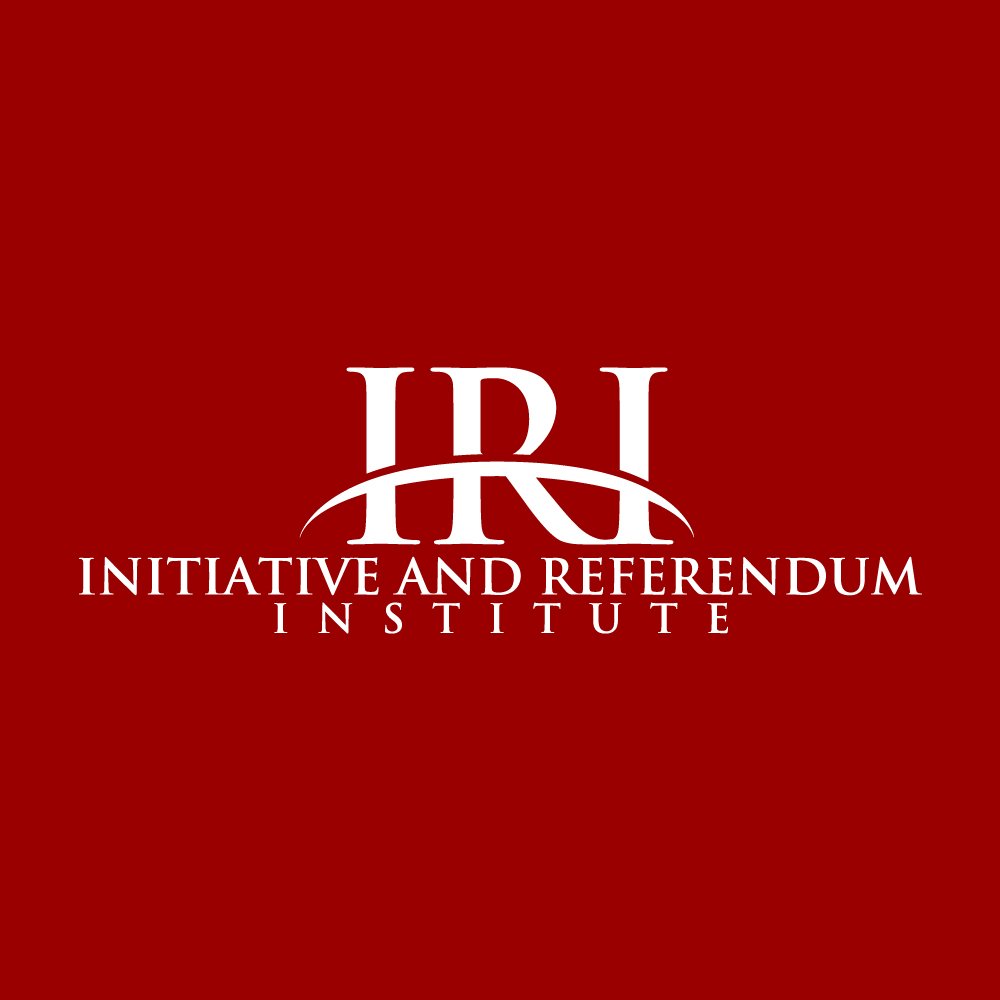Missouri
Initiative and referendum became part of Missouri's constitution primarily as the result of a decade of work by three people: St. Louis attorney Silas L. Moser, William Preston Hill, M.D., Ph.D., and Anna Beard, Dr. Hill's assistant.
Moser, as president of the Missouri Direct Legislation League, brought an I&R bill to a vote in the lower house of the state legislature in 1900. A majority of legislators wanted to be recorded as voting in favor of it: which is not to say that it passed, for after the roll call showed a majority in favor, enough legislators switched their votes to make the bill lose by one vote. In 1904 the legislature approved I&R, but Missouri voters rejected it by a 53,000-vote margin.
Refusing to accept defeat, the I&R leaders persuaded the legislature to pass another I&R amendment in 1907. To avoid a repeat of the 1904 disaster, they embarked on a year long voter education campaign. They engaged the Illinois Progressive leader John Z. White to travel through the state making four speeches a week for the entire year before the vote. Dr. Hill prepared a three-piece mailer and sent it to all 60,000 names listed in telephone directories throughout the state. The effort paid off when Missouri's voters backed I&R by a 35,868-vote majority.
Missouri's most notable initiative was probably the 1940 constitutional amendment to establish a nonpartisan system for the nomination, appointment, and retention elections of judges. This was copied by several states and is now known as the "Missouri Plan" for judicial selection.
The first initiative to pass was a 1920 statute requiring that a new state constitution be drawn up. The next was a 1924 measure to provide funding for the maintenance and construction of the state's highways, followed in 1928 by a $75 million bond issue for further construction. Also approved in 1924 was an initiative to allow voters in the city of St. Louis and St. Louis County to consolidate their local governments.
In the 1930s Missouri voters enacted initiatives to allow public employee benefits and to create a Conservation Commission to manage fish, game, and forest resources. In 1980, the voters adopted the "Hancock Amendment" which limited state and local taxes. In 1992 a term limits initiative was adopted and in 1994 campaign finance reform and riverboat gambling initiatives were approved by the voters.
See David Schmidt, Citizen Lawmakers: The Ballot Initiative Revolution (Temple University Press, 1989).
